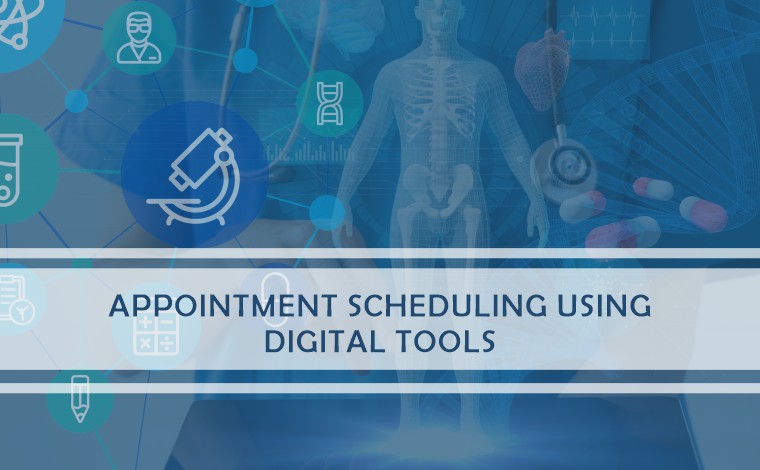
One of the foremost precious resources in Healthcare is Time – not just the Time of Healthcare providers but also Patients. The productivity of a Healthcare organization’s scheduling system can either protect or impede now. Digital health tools have the vast potential to improve our ability to diagnose and treat disease accurately and enhance healthcare delivery for the individual. Digital Healthcare technologies use computing platforms, connectivity, software, and sensors for Healthcare and related uses. Healthcare is being disrupted by advances in Digital Technologies more than many other industries at a faster pace.
On the one hand, we have a slew of gadgets utilized in Diagnosis, Monitoring, Treatment, and Care. In contrast, on the opposite side, things like Big Data, Computing, the Internet of things, Machine Learning, and Digitally Augmented staff training are revolutionizing the industry with a significant number of possible applications. The benefits of Digital Tools in Healthcare or Health. Information Technology, as else called it, is plenty.
To begin with, Digital Tools Health practitioners store and retrieve data referring to a patient’s health records. It also enhances the communication of Patient information through a legible format that anyone can use. As a result, it reduces the possibility of medication errors. Finally, it makes it easier to retrieve Patient information through a database without new Health checks. All the above Technologies in Healthcare have a thing in common; they improve Health and Patient safety. The use of Medical Technology tools safeguards Patient safety. First, there are alerts on medication, flags and reminders, consultation and diagnosis reports, and patient data’s easier availability. Particularly, signs can help someone adhere to specific treatments and schedules of therapy. Also, an electronic recording of knowledge can result in uniformity of practice across all Health Practitioners. Finally, using an Electronic Health Record can improve provided care of common conditions supported by past evidence.
Patient identification is not standardized, often making it impossible to match an individual with their records. Nearly anyone can input information into a patient’s Electronic Health Records (EHR), but withdrawing data is impossible. Avoiding interoperability problems would require industrywide changes. One solution is to implement cloud-based Electronic Health Records (EHR), which centralize the database while still providing the mandatory security.
Implementing Technology in Medicine contains a steep learning curve. Those that need it most might not have time to be told the way to use it. Without a comprehensive understanding, trying to use Medical Technology can result in Practitioner error and malpractice. Hospital Administrators, Medical Professionals, and IT teams must tackle this challenge head-on. Technology goes to alter and shape the Medical industry for many years to come back. Those who don’t adapt are left behind, struggling to stay up with the wave of innovation that’s sweeping through Healthcare.
This scheduling system not only protects patients’ time but also alleviates scheduling burdens on Healthcare Organizations. By removing friction in booking appointments, Patients are more leisurely engaging with Healthcare Organizations and are more likely to follow through with scheduling and attending these visits.
